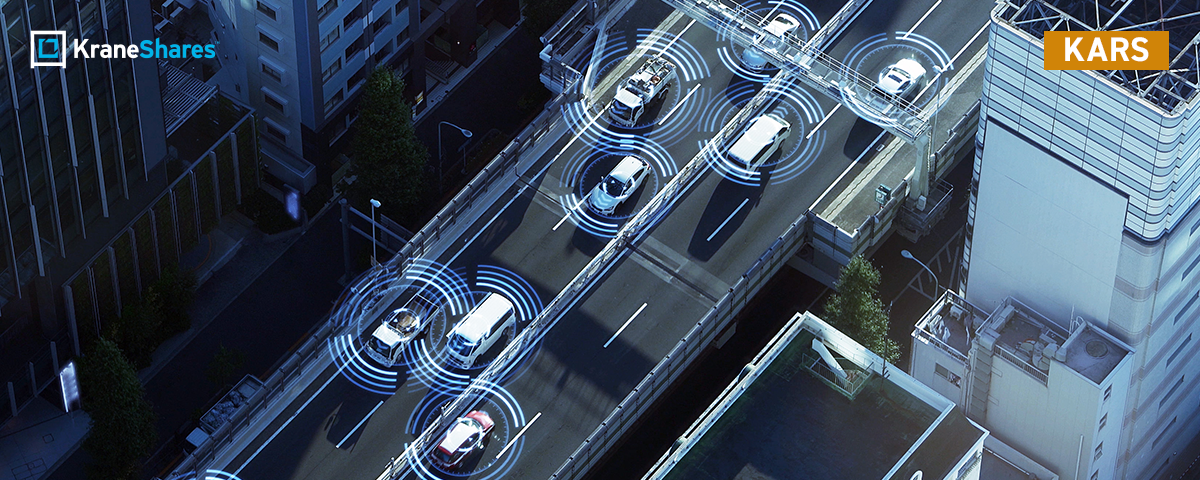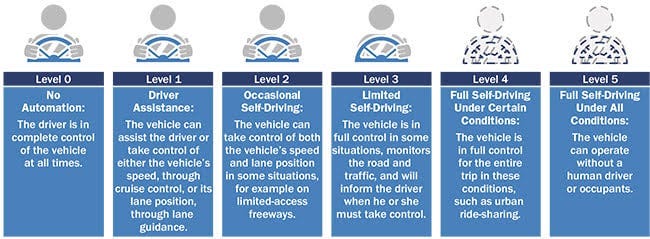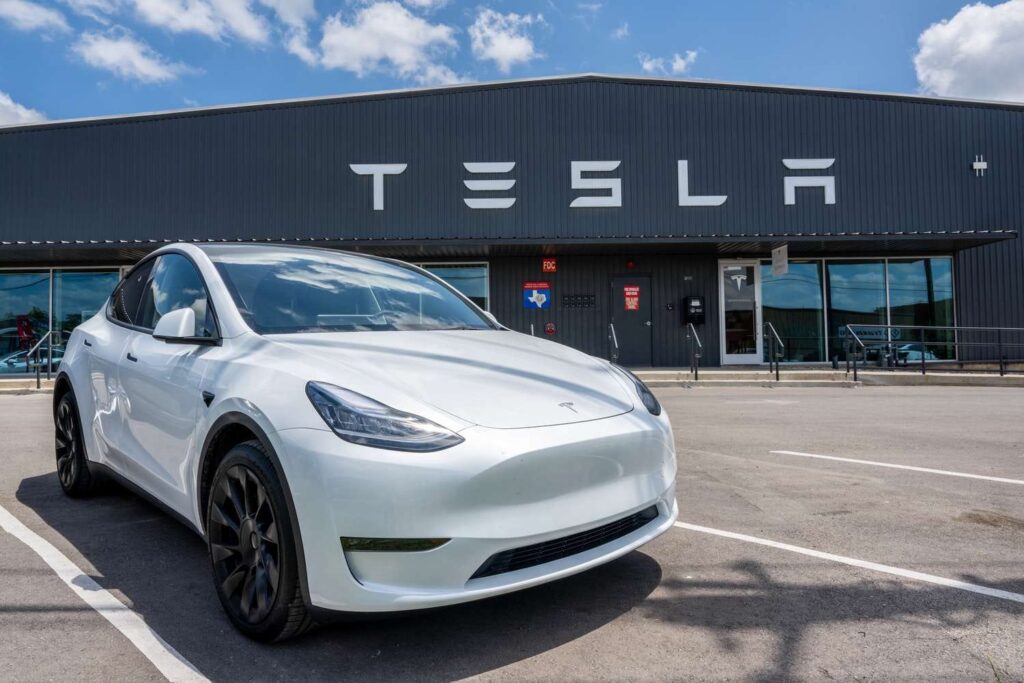
KARS: The Autonomous Vehicle Reality Check
The autonomous vehicle is here. However, the reality of self-driving cars looks very different than the promises made five years ago.
Within the industry and among savvy buyers though, there is a great deal of nuance and differentiation. The Society of Automotive Engineers (SAE) has a ranking system that consists of six levels of automation. They range from Level 0, which is no automation, up to Level 5. Level 5 is full automation in all possible conditions¹.

There are cars with autonomous features that can handle specific driving tasks, but they still need constant human oversight.
How Are Companies Approaching This Transition
Tesla is wagering that artificial intelligence can master driving through visual processing in a way that mimics human perception. They have completely committed to this vision-first approach. Their cars are utilizing embedded cameras and neural networks to avoid the expensive lidar sensors that some of their competitors use. Their Full Self-Driving (FSD) system is already operating across more than 400,000 vehicles.4 Drivers must remain alert and ready to intervene so this is a little bit of a misnomer³.
Waymo, Google's autonomous vehicle division, has taken a fundamentally different route. Their vehicles carry an array of lidar, radar, and camera sensors that generate highly detailed 3D environmental maps. Waymo runs fully autonomous taxi operations in Phoenix and San Francisco, albeit within pre-mapped zones². While they've demonstrated that complete autonomy works, their model demands substantial upfront infrastructure costs.
Chinese companies have developed a third approach entirely. Baidu's Apollo platform emphasizes vehicle-to-infrastructure communication, where intelligent traffic systems and connected roadways assist vehicle navigation. This strategy might allow quicker rollouts in cities that invest in smart infrastructure, even when individual vehicles carry simpler sensor suites.

Autonomous Vehicles Continue To Evolve
Autonomous vehicle technology has started clearing key cost hurdles that will enable a broader deployment. Lidar sensors that cost $75,000 in 2012 may now sell for less than $1,000. More advanced computer vision processors can handle multiple camera streams while drawing less power than a laptop.
The transformation in overall vehicle operating costs is even more of a game-changer. Ride-hailing services like Uber allocate approximately 60% of revenue to driver payments. Level 4 and higher autonomous vehicles could reduce and then eliminate this primary expense while running continuously without rest periods. This means costly sensor arrays can be much more quickly amortized as vehicles generate income around the clock.
Some fleet operators are already benefiting from these advantages. Waymo's Phoenix robotaxis are turning profits on select routes. Simpler traffic patterns and lower risk of edge case scenarios during off hours mean delivery firms can (and do) deploy autonomous vehicles for lower overnight logistical costs.
Structural Pieces Remain Disconnected
Substantial obstacles remain in the way on the path to full autonomy. One of them, edge case interpretations, seem to be a persistent and sticky issue. Edge cases can encompass a wide range of conditions. Some examples of these edge cases are a new construction area popping up on a highway, an ambulance driving on the opposite side of the road with its lights on to reach calls, or harsh weather conditions unexpected or not. These can confound autonomous systems quickly, while a regular driver would have no problem dealing with them.
Cybersecurity vulnerability poses a serious risk. Autonomous vehicles are, at their core, networked computers. Networks of computers will always be potential attack vectors for hackers. Increased automation makes these systems increasingly attractive to malicious actors as human involvement decreases.
Geographic Deployment Patterns
Autonomous vehicle rollouts are following a clear geographic trend. Cities with lots of sunshines, low rainfall, and newer infrastructure are ideal for adoption as they tend to minimize edge case incidence. Consistent cloud cover, bad weather and old construction styles are all considered challenging. That means cities like Seattle, Detroit, and Boston are usually at the back of the pack when companies are considering their expansion plans.
Highway environments offer the most favorable conditions for deployment. Standardized traffic flows, restricted pedestrian access, and uniform signage facilitate automated driving. Long-distance trucking may achieve widespread autonomy before urban passenger transportation does.
Geofencing, which limits autonomous operation to mapped territories, enables safe deployment while companies refine their technology. This method allows commercial autonomous service in restricted areas while collecting operational data to help improve overall capabilities.
Beyond the Hype, How to Access This Trend
The autonomous vehicle sector is far more than just auto manufacturers. The supporting technologies come from a wide array of industries. Semiconductor firms are developing specialized AI processors, sensor companies are producing lidar and camera systems, software developers are creating navigation algorithms, and telecommunications providers are establishing 5G/6G networks for vehicle connectivity.
Established automotive suppliers are also restructuring their operations around these new autonomous components. Former mechanical parts manufacturers now focus on electronic systems development. This shift generates distinct winners and losers as the industry moves toward more software-centric vehicles.
KraneShares Electric Vehicles & Future Mobility Index ETF (KARS) offers exposure to this ecosystem shift. Instead of selecting individual autonomous vehicle winners, KARS encompasses the complete supply chain supporting vehicle automation. They can include all of the different types of firms mentioned above. KARS attempts to position investors for the steady transition toward automated transportation.
Citations:
- Society of Automotive Engineers, "Taxonomy and Definitions for Terms Related to Driving Automation Systems for On-Road Motor Vehicles," SAE International (2024)
- Waymo, "Waymo Safety Report," https://waymo.com/safety/ (2024)
- Tesla, "Full Self-Driving Capability,"https://www.tesla.com/support/autopilot (2024)
- Barron’s, “400,000 Customers Purchased Full Self‑Driving, Tesla Says,” Barron’s Live Coverage: Tesla Investor Day, published approximately 2.4 years ago, https://www.barrons.com/livecoverage/tesla-investor-day/card/400-000-customers-purchased-full-self-driving-tesla-says-gzODzDu3mvDtcV2ZF5ND.
For KARS standard performance, top 10 holdings, risks, and other fund information, please click here.
Holdings are subject to change.










